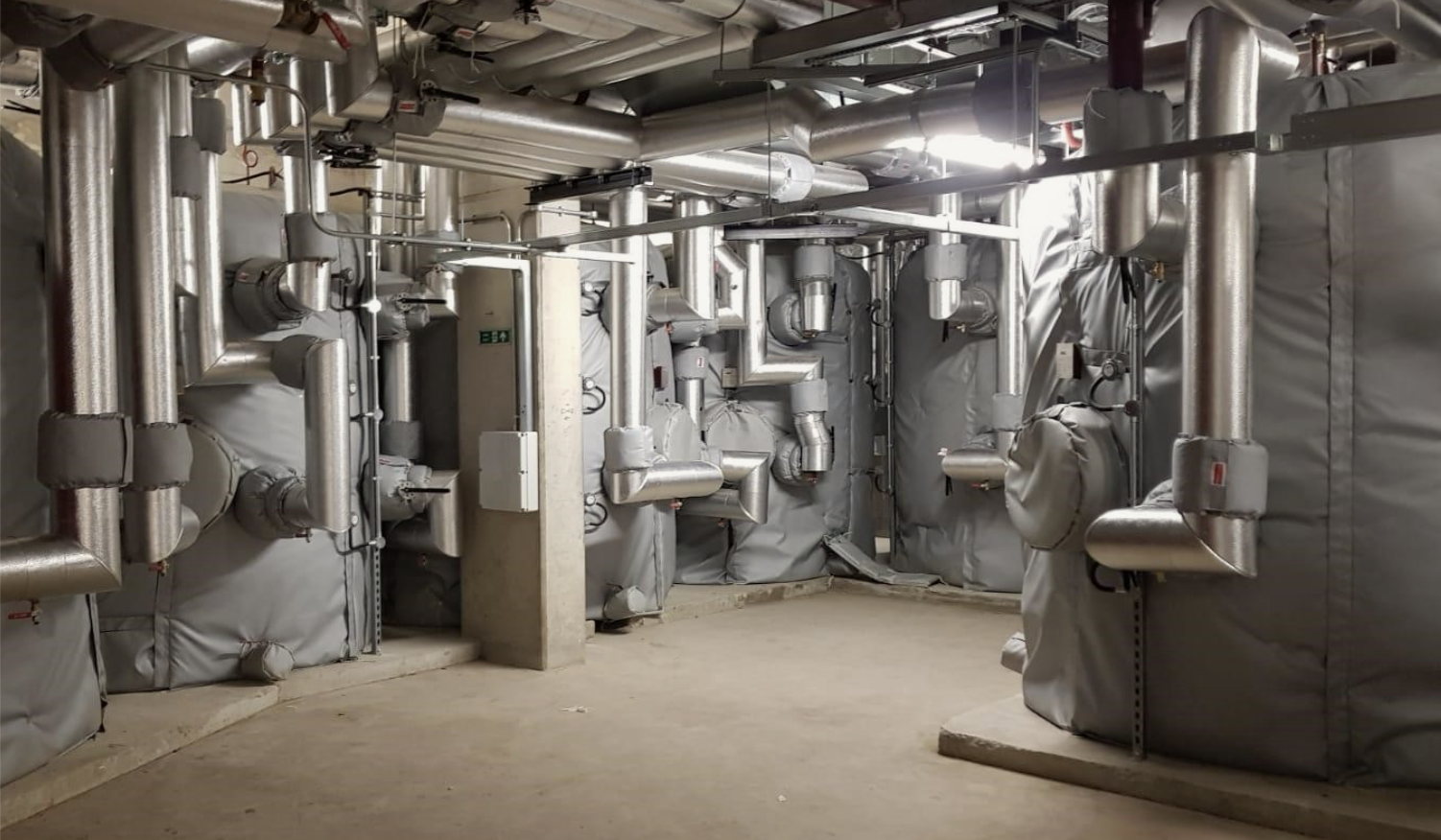In an era where safety and performance are critical across sectors—from industry to healthcare and defense—the demand for advanced protective textiles is escalating. Protective textiles, engineered to safeguard users from extreme conditions, hazardous materials, and mechanical injuries, have evolved dramatically over the past decade. Their role has extended far beyond traditional workwear, incorporating sophisticated technologies and sustainable practices.
This article explores the emerging trends in protective textiles, emphasizing innovations that elevate safety, durability, and performance. From nanotechnology to smart fabrics, the protective textile industry is transforming rapidly, driven by technological breakthroughs and changing regulatory landscapes.
Definition of Protective Textiles
Protective textiles are specialized fabrics designed to protect the wearer from environmental hazards or injury. These textiles may offer resistance to fire, water, chemicals, biological agents, and mechanical forces, depending on the application. They are widely used in fields such as military, firefighting, healthcare, and industrial safety.
Importance of Innovations in Safety and Durability
As risks become more complex and diverse, traditional materials no longer suffice. Innovations are essential to meet new safety standards, extend product lifespans, and improve user comfort. The integration of new materials and smart technologies ensures that modern protective textiles are not only more effective but also more adaptable to evolving challenges.
Current Market Overview
Market Size and Growth Projections
The global market for protective textiles is experiencing steady growth. According to recent industry reports, the market was valued at approximately USD 20 billion in 2023 and is projected to reach USD 30 billion by 2030, with a compound annual growth rate (CAGR) of over 6%. Growth is driven by rising awareness of workplace safety, military modernization programs, and increasing demand for high-performance medical textiles.
Key Players and Competitors
Leading companies in the protective textile space include DuPont, TenCate Protective Fabrics, W. L. Gore & Associates, Milliken & Company, and Teijin Aramid. These firms invest heavily in R&D to maintain competitive advantage, focusing on advanced fiber development, coatings, and intelligent systems integration. Startups and smaller players are also entering the market with niche innovations, particularly in sustainable protective textiles.
Technological Innovations
Smart Textiles and Wearable Technology
Smart textiles incorporate electronic components such as sensors, RFID chips, and microcontrollers into fabrics. These textiles can monitor body temperature, detect hazardous substances, or even transmit data in real-time. For instance, first responders and military personnel can wear garments that monitor physiological conditions and environmental threats, providing critical data for decision-making in high-risk situations.
Nanotechnology in Textile Production
Nanotechnology is revolutionizing protective textiles by enabling molecular-level enhancements. Nanoparticles can be embedded into fibers to provide antibacterial, UV-resistant, or flame-retardant properties. Additionally, nanocoatings improve water repellency and reduce wear without compromising fabric breathability.
Advanced Fiber Materials
High-performance fibers such as aramids (e.g., Kevlar and Twaron), UHMWPE, and carbon fibers provide exceptional strength-to-weight ratios. These materials are essential in ballistic protection, cut-resistant gear, and fire-retardant fabrics. Continuous advancements in polymer science have resulted in fibers that are lighter, stronger, and more thermally stable than ever before.
Applications of Protective Textiles
Industrial Safety Gear
Protective clothing for industrial workers must withstand heat, chemicals, and mechanical abrasions. Applications range from coveralls for chemical plants to heat-resistant gloves and welding jackets. Protective workwear now integrates comfort and mobility with multilayered protection, often combining breathable membranes with durable outer shells.
Military and Defense Textiles
The defense sector is a major driver of innovation. Military protective textiles include flame-resistant uniforms, ballistic vests, and chemical-biological suits. These garments are increasingly embedded with communication devices, power sources, and environmental sensors to support digital warfare and battlefield intelligence.
Healthcare and Medical Applications
In the healthcare sector, medical textiles are essential for infection control and patient safety. Applications include surgical gowns, masks, drapes, and antimicrobial bedding. The COVID-19 pandemic significantly accelerated innovation in this area, leading to reusable, antiviral textiles and advanced filtration systems integrated into protective wear.
Performance Enhancements
Water Resistance and Durability
Modern protective textiles are engineered to endure harsh environments without degrading. Advanced coatings and laminates offer superior water resistance and tear strength, extending garment life cycles even under frequent wash and use cycles.
Fire Retardant Properties
Fire-retardant fabrics are critical in firefighting, electrical work, and oil and gas industries. Innovations focus on permanent treatments that don’t wash out over time and lighter fabrics that reduce heat stress.
Biodegradable and Eco-Friendly Textiles
As sustainability becomes a top priority, eco-friendly protective textiles are gaining traction. These include biodegradable materials, recycled fibers, and fluorine-free coatings. Regulatory pressures and eco-conscious clients are pushing manufacturers toward greener innovations.
Regulatory Standards and Certifications
Overview of Relevant Standards
Protective textile certifications include:
- ISO 11612 (heat and flame protection)
- EN 14126 (infectious agent protection)
- NFPA 2112 (flame-resistant garments)
- OEKO-TEX® and REACH (chemical safety and sustainability)
Meeting these standards is crucial for product integrity and market access.
Impact of Regulations on Innovation
Stricter standards encourage material innovation. For example, bans on harmful flame retardants have driven the search for bio-based, non-toxic alternatives. Though regulatory compliance adds complexity, it also accelerates responsible innovation and market credibility.
Future Trends and Predictions
Emerging Materials and Technologies
The next wave of innovation includes graphene-enhanced fabrics, AI-enabled sensors, and biodegradable smart materials. These developments will offer adaptive protection, enhanced communication, and next-level comfort in dynamic environments.
Consumer Demand for Customization
Mass customization in protective gear is gaining momentum. Digital manufacturing and modular garment design are making it possible to produce safety apparel tailored to an individual’s tasks, body type, or environmental risks—without sacrificing speed or compliance.
Conclusion
Summary of Key Findings
The protective textile sector is transforming—fast. From nanotechnology-enhanced fabrics to eco-friendly flame retardants, innovations are redefining performance, safety, and sustainability standards. Smart integration and customized functionality are becoming the norm.
Call to Action for Industry Professionals
To stay ahead, industry players must rethink how they design, produce, and certify protective solutions. A proactive strategy that embraces sustainable design, technological integration, and global compliance is no longer optional—it’s essential.
Explore the latest developments in protective textiles at TextilesInside.com and stay informed on how the industry is shaping the future of safety, durability, and innovation.







